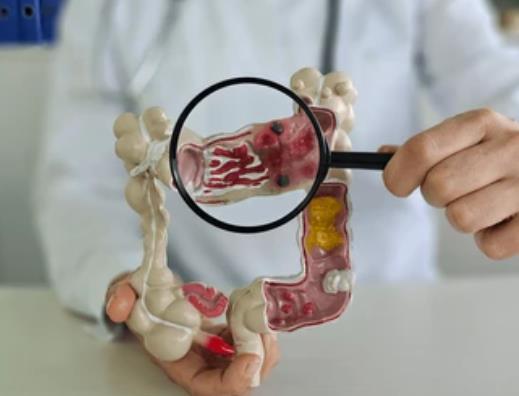
Thu, 2024/08/29
AFDN Deficiency Promotes Hepatotropism in Metastatic Colorectal Cancer

Thu, 2024/08/29

Thu, 2024/08/29
Ketogenic Diet Forces Pancreatic Cancer to Change Its Metabolic Mode, Exposing Fatal Flaws!
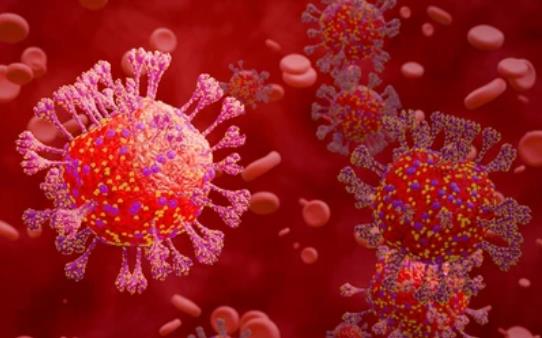
Thu, 2024/08/29
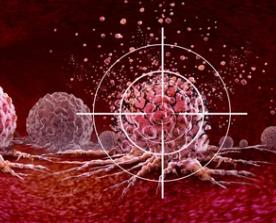
Fri, 2024/07/19
The Dual Role of IRF1 in Cancer Therapy
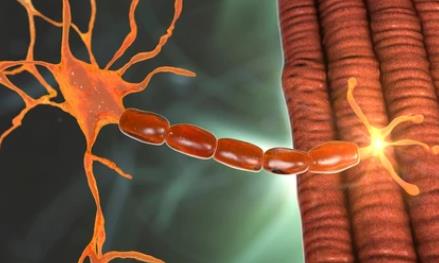
Fri, 2024/07/19
A Novel Gene Therapy Is Expected To Treat Duchenne Muscular Dystrophy

Fri, 2024/07/19
Not Everyone Is Suitable For Vegetarianism! Genetic Factors Play an Important Role in It
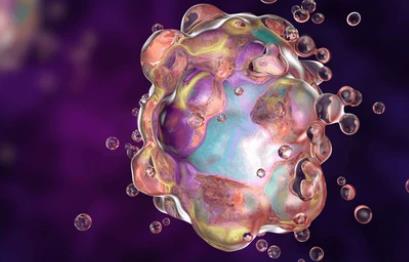
Fri, 2024/07/19
ZAK Kinase Activates UV Mediated Programmed Cell Death
